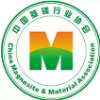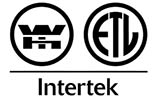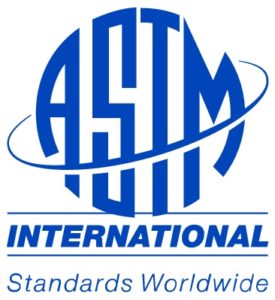Storage and Handling
MagO board is a strong and water resistant construction board that can take a lot of punishment. To get the best performance, it needs to be handled and installed appropriately.
MagO boards should be stored flat on a well-supported surface off the ground. Mago panels will exhibit creep over time adjusting to uneven surfaces.
Although mago panels can survive many cycles of wetting and drying, magnesium oxychloride and oxysulfate cements are affected by long term saturation and as such boards need to be protected from saturation using membranes, coatings, flashings and other best practices.
Carrying
Although mago panels can be carried flat, and in fact, if they break it is a sign that something is not right, carrying is best done by holding individual sheets vertically using two workers.
Cutting and machining
MgO will work best with carbide tools, resulting in clean square cuts that will provide higher quality installations. Circular saws including table saws work best. The boards can be scored and snapped using disposable knives that can cut through the fiberglass mesh from the smooth side.
Edges can be routed flush or to create shapes and patterns using synthetic diamond or carbide cutters. When using saws with precision depth adjustment sheets can be cut directly off the pile without marking the sheet below, which contributes to fast and accurate work.
As with cutting any materials that make dust, all workers should be protected from the dust by using a vacuum, blowers, breeze, or dust masks.
Fastening
MagO Board is very strong and its high compression strength makes it difficult to use a hammer to set nails below the surface. Nail guns work very well from staples, pin nailers, and framing and specialty guns for attaching wallboard such as the Bostich SF150C.
Many types of screws work but the best ones have self-counterboring heads and small nibs under the head that bore into the surface. These work well with MagO boards since, unlike gypsum, it does not compress.
All fasteners must be coated or use stainless steel against the corrosive action of the magnesium chloride component which increases in the presence of moisture. MagO is around 9 to 10 ph, mildly alkaline.
MagO boards may contain chlorides that could become corrosive to metals in the presence of water. In particular MgCl can erode zinc and so soft galvanized coatings should not be used unless as part of a system with a barrier coat applied over the zinc as per GRABBERGUARD ™ by Grabber screws. Interestingly Grabber determined that the high alkaline content of MgO enhances phospheric coatings which may be used for interior or dry locations. Stainless steel 316 or 304, 305 grades will work in wet environments as will epoxy or ceramic coated fasteners ideally over zinc rich base layers similar to GRABBERGUARD ™
Please check back for new information as we test and approve additional fasteners.
Adhesives
Many construction adhesives work, as do moisture cure urethanes and some contact cements. Test assemblies should be made when using any new adhesives depending on the final project requirements.
Painting
As with all substrates, appropriate primers must be used. The best primers are formulated for cement boards, such as Sherwin Williams Loxon, which provides the lowest VOC numbers and cost among the several brands that we have tested. Potassium silicate (water-stone) paints work well as do many urethanes. CBT also offers a purpose made surfactant / adhesion promotor / sealer made by Jiemei Company.
Fillers
Rapid Set OnePass
Rapid Set OnePass Technical Bulletin
Methodology
Consider that working with MagO Boards is more like using plywood and boarding a room is more like installing paneling or building a cabinet. If the joints are made tight and close fitting, you will not require tape, corner bead, or mud as when using gypsum boards. MagO boards can be applied vertically or horizontally over wood or steel studs. Inside corners can be finished with a small bead of appropriate caulking and outside corners using butt joints that are sanded or routed smooth that are harder and stronger than metal beaded gypsum corners.
Keeping small spaces between the sheets while connecting the sheets to each other with small pieces of MagO that are used as a backer means you do not have to connect on a stud and this can save time and material. The joints should be filled with a backer rod and appropriate caulking. This can provide a level 4 finish within one work day. Please check out the Media section for more information on this technique.
The above method is only one of the many ways that can be applied when installing MagO boards. There are various techniques that will work well to install MagO boards, which include the traditional method to apply gypsum using tape and mud.
Interior Wall Connection Details
Spec_061645_MagOSheathing_2014-02-07
Spec_074460_PrefinishedMagO_2014-02-07
Spec_078220_FireproofingMagO_2014-02-07
Spec_092820_MagOBackingBoard_2014-02-07




